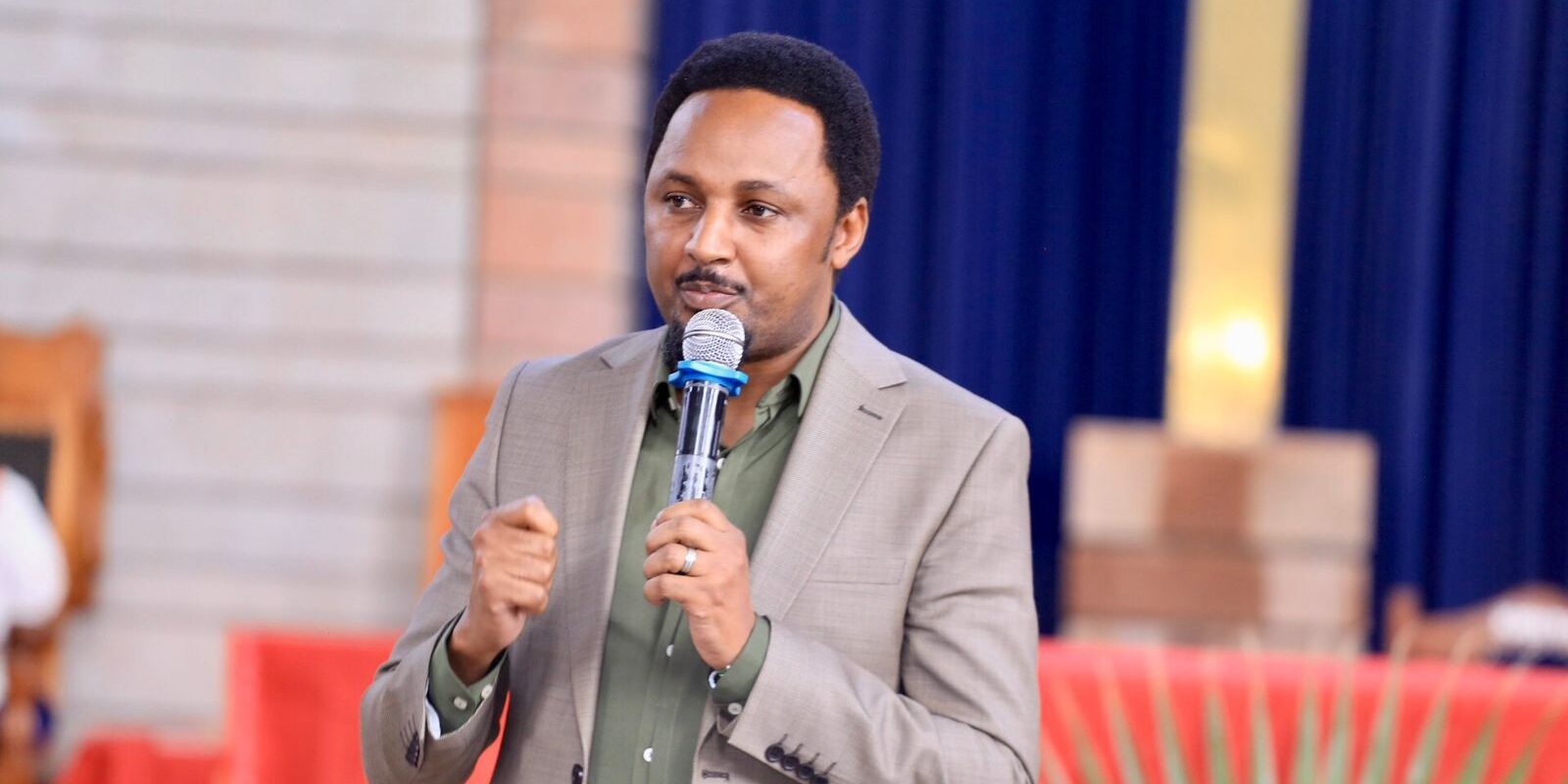Taita Taveta government has urged investors to put money in its ambitious water project to protect wildlife and livelihoods.
Governor Andrew Mwadime, who was accompanied by Environment executive Grantone Mwandawiro, made the appeal on Saturday during a side event at the COP28.
Taita Taveta Wildlife Conservancies Association CEO Alfred Mwanake, Africa Wildlife Foundation Senior vice president Charly Facheux, and International Fund for Animal Welfare director Simon Addison attended the side event.
The theme of the was ‘investing in nature, wildlife, and biodiversity conservation to accelerate climate action in Taita Taveta county.
“We came to CoP28 to approach investors to help us because we have a serious water challenge in Taita Taveta,” Mwadime said.
The governor said the only available water project in Taita Taveta was developed by the national government and is under Coast Water.
Mwadime said the utility charges exorbitant prices for the commodity.
“Water comes from our county but we still suffer,” he said.
Mwadime said the county has decided to chart its own course to provide water to the residents.
He said the county is a hotbed of all types of wildlife and hosts 40 per cent of country's elephant population.
A recent census by the government showed that Tsavo ecosystem accounts for more than 37 per cent of the national elephant range, which is estimated at 49,000 elephants per square km, followed by the Samburu-Laikipia ecosystem with 37,937 elephants per square km.
The Mara and Amboseli West Kilimanjaro ecosystems account for 11,681 and 37,937 elephants per square km.
Mwadime said more than one million acres of land are under ranches, owned by communities and have potential for hospitality investments.
“We have are facing a myriad of challenges. There is crop failure due to poor rains, wildfires among others,” he said.
The governor said there is a need to integrate biodiversity and nature into climate adaptation.
“We have policy and an enabling environment for accelerated private sector investments and partnerships for locally-led climate adaptation strategies,” Mwadime said.
He said more than 60 per cent of the county is under wildlife and that resources go directly to the national government.
Mwadime said a number of wildlife died due to the devastating drought in the country in the recent past.
Mwandawiro urged the private sector to invest in the Sh18.5 billion Njoro-Kubwa bulk water supply project to provide water for domestic and commercial use.
“Taita Taveta is endowed with natural resources and crystal-clean water, of good quality. The funding that we get is however, not enough. COP28 provides an avenue where we can pitch in order to get funding,” he said.
Mwandawiro said the safe capacity of the spring is 100,000 cubic meters per day.
This means the county can abstract 100 million litres of water everyday without harming the environment.
The CEC said they get water from Mzima springs, a national government project that also supplies other counties.
Addison said protecting elephants from extinction will prevent the loss of 93 megatons of carbon.
"Supporting the elephant population to grow could generate a carbon sink of 109 megatons of carbon across tropical Africa in the next 30 years,” Addison said.
Addison said important habitats for large populations of herbivore animals support carbon capture and storage
He said drylands contain approximately 30 per cent of global carbon biomass and soil.
The Ifaw director said climate change has had significant impacts on plant and animal species and ecosystems, and the effects are projected to increase.
Addison said stakeholders should work closely to minimise degradation of nature and operate within planetary boundaries.
He said money pledged towards the loss and damage fund should be used to rescue and provide emergency relief for animals and ecosystems negatively impacted by climate shocks.
This is in addition to supporting the ecosystems and species to recover.
Mwanake said TTWCA has 35 community ranches, of which 10 are registered as wildlife conservancies.
“These conservancies cover over 4,000 per square km, which is 24 per cent of Taita Taveta's land. This region includes wildlife dispersal areas and migratory corridors connecting Tsavo National Park in Kenya and Mkomanzi National Park in Tanzania,” he said.
Mwanake said conservancies contribute to biodiversity conservation by protecting and sustaining the local flora and fauna.
He said they also ensure the availability of diverse plant and animal species, and maintain a healthy and resilient ecosystem.











